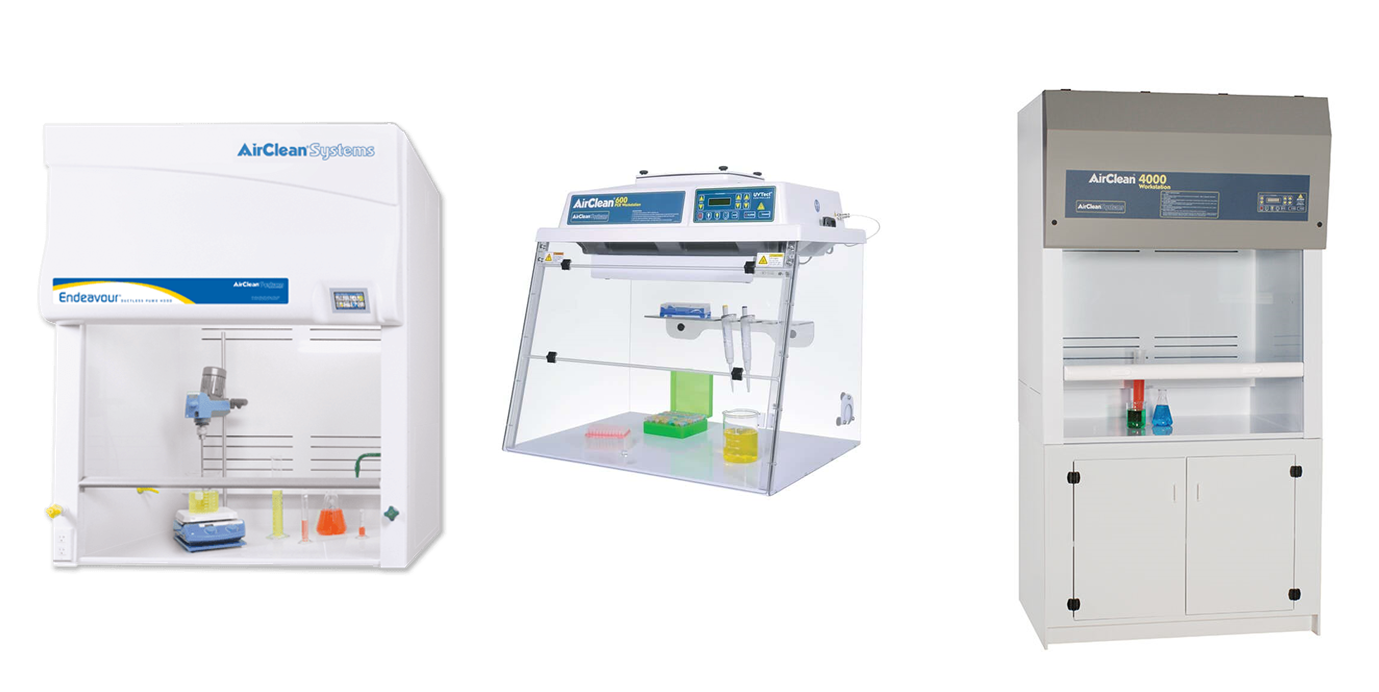3M Petrifilm vs. Hardy Diagnostics CompactDry for Microbial Analysis - which one to use?
Posted by Maxi Scientific on Apr 26th 2023
In the world of microbiology, choosing the right type of culture medium is critical to ensuring accurate and reliable results. Two popular options for microbial testing are 3M Petrifilm plates and CompactDry plates. While both products serve the same purpose, they have unique advantages that make them suitable for different applications.
Let's take a closer look at the benefits of each type of plate.
Advantages of 3M Petrifilm Plates:
1. Easy to Use: One of the biggest advantages of 3M Petrifilm plates is their ease of use. They are ready to use right out of the box, requiring no special equipment or training to prepare. Simply place the sample on the plate and incubate it for the required time
2. Time-Saving: 3M Petrifilm plates are designed to save time. They offer fast and accurate results, with most tests providing results within 24-48 hours. This rapid turnaround time can help companies quickly identify potential microbial contamination and take corrective action to prevent further spread
3. Minimal Space Requirements: Another benefit of 3M Petrifilm plates is that they require minimal space for storage. Unlike traditional agar plates, which take up a lot of room in a laboratory, 3M Petrifilm plates can be stored in a small area, making them ideal for laboratories with limited space.
4. Cost-Effective: 3M Petrifilm plates are a cost-effective option for microbial testing. They require fewer materials than traditional agar plates, and their ease of use means that companies can save on labor costs.
Advantages of CompactDry Plates:
1. Longer Shelf Life: One of the key advantages of CompactDry plates is their longer shelf life. These plates can be stored at room temperature for up to 18 months, which is significantly longer than traditional agar plates.
2. Compact Size: CompactDry plates are compact in size, making them ideal for companies with limited laboratory space. They are also easy to transport, making them a great option for field testing.
3. Wide Range of Applications: CompactDry plates are versatile and can be used for a wide range of applications, including the detection of bacteria, yeasts, and molds. They are also suitable for testing food, beverages, and environmental samples.
4. Reduced Risk of Contamination: CompactDry plates are designed to reduce the risk of contamination. They feature a patented design that prevents sample spreading, ensuring accurate and reliable results.
In conclusion, both 3M Petrifilm plates and CompactDry plates have unique advantages that make them suitable for different applications. While 3M Petrifilm plates are easy to use, time-saving, and cost-effective, CompactDry plates offer a longer shelf life, wide range of applications, and reduced risk of contamination. Ultimately, the choice between these two types of plates will depend on the specific needs of your laboratory or company.
Here are some more reasons why some people actually prefer CompactDry over Petrifilm:
-less touch points
-easier to label
-easier to stack
-better colony morphology of molds
-you can subculture molds without breaking delicate fungal structures
-no leakage issues – especially from improper stamping since CD self diffuses
-single primary dilution for all plate types
Need any help choosing? Contact your sales rep today!

